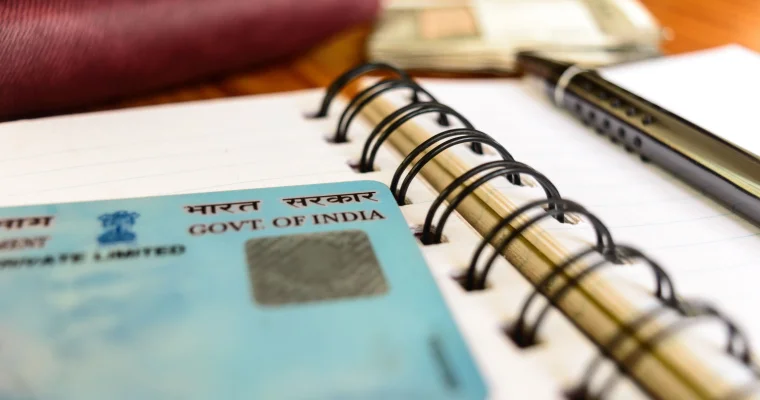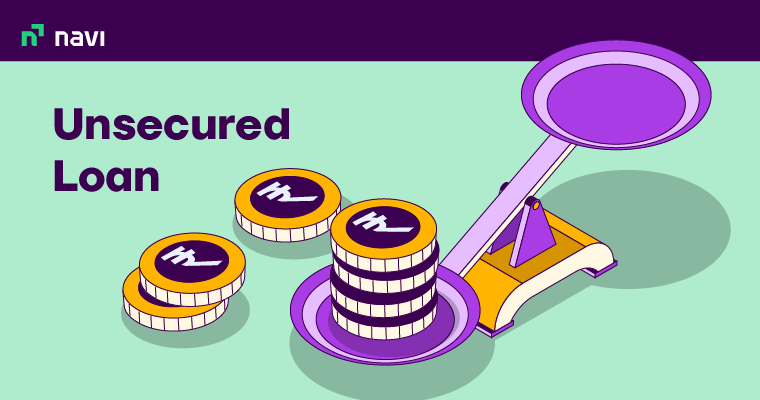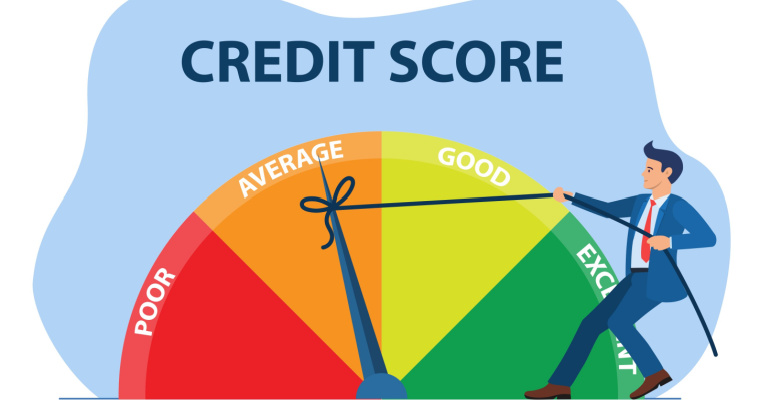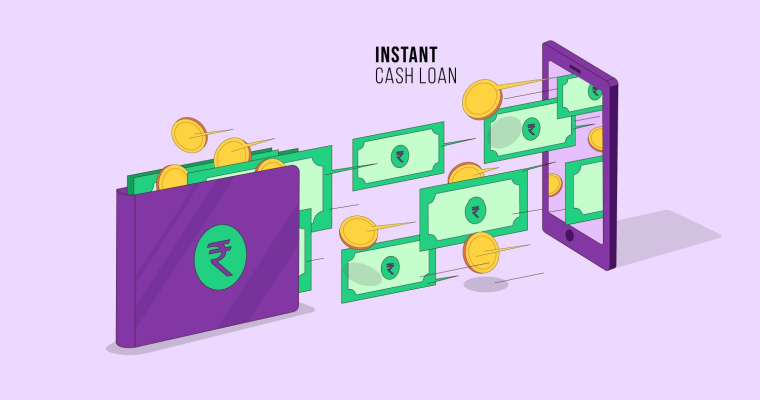How to Build an Emergency Fund to Avoid Financial Stress

Financial emergencies come unannounced Job loss, medical emergencies and other financial requirements could contribute to financial stress if you don’t have an alternative plan to tackle such situations. This is where having an emergency fund could come in handy. Setting up a steadfast savings plan with an emergency fund is an essential way to protect yourself from financial predicaments.
This blog would help you learn how to build an emergency fund from scratch.
What is an Emergency Fund?
Emergency funds can be defined as funds set aside to meet urgent financial requirements. It can be broadly categorised under your savings plan, however, this particular fund is meant only as a financial back up in unprecedented situations.
Emergency funds come in handy when you have a sudden drop in your finances and you are in need of money urgently. Instead of burdening yourself with debt, you can utilise emergency funds to sail through any financial crisis. You always need a proper savings to rely on during the tough times and emergency funds can be of great help
Emergency funds come in handy when you have a sudden drop in your finances and you are in need of money urgently. Instead of burdening yourself with debt, you can utilise emergency funds to sail through any financial crisis. You always need a proper savings to rely on during the tough times and emergency funds can be of great help.
Why Do You Need an Emergency Fund?
Without proper savings, an unprecedented financial emergency can put you in distress. During these times, if you get involved in a debt, it can have a long-lasting impact on your future finances. This is why you need an emergency fund that will save you from getting into such a mess.
As per experts, if you already have been through a financial shudder, it can be difficult for you to save for future emergencies as well. This can put you in further debt and may make you pull out funds from other significant savings funds such as retirement funds.
One financial emergency can trigger a series of financial traumas. Hence, an emergency fund is an absolute necessity.
How to Invest in an Emergency Fund?
Planning for savings can be a little confusing for some. The general consensus is you need to have at least 3x to 6x of your monthly expenses/income as an emergency fund. For instance, during COVID, personal finance experts were of the opinion that everyone should have at least 10x of their monthly income parked as an emergency fund.
Here are some steps given below that you can consider while investing in an emergency fund:
1. Make a Budget
The first step is creating a budget. You need to decide a comfortable amount you can save towards an emergency fund. Calculate your monthly expenses and other financial obligations to decide this amount.
2. Save and Create a System for Consistent Contributions
Turn savings into a habit through discipline. This habit will be helpful in many scenarios; not only during an emergency. Set a goal and keep saving towards achieving the same.
3. Increase Your Savings Gradually
Ideally, with increased income, your savings should increase as well. Hence, you can consider making adjustments in your emergency fund once in a few months to increase the savings amount.
4. Monitor Your Fund and Keep Saving
Once you are on track, you just need to monitor your fund once in a while and continue with the process.
Point to note: There is no upper limit of emergency funds. Park as much funds as you can in line with your requirements to stay financially prepared.
How Much Do You Need in Your Emergency Fund?
This amount varies from one individual to another. But ideally, you should have 3 to 6 months of living expenses in your emergency fund. So, for example, if your monthly income is ₹40,000 and ₹20,000 of that goes towards your living expenses, your emergency fund should have anywhere between ₹60,000 to ₹1,20,000 or more.
How to Calculate Emergency Fund?
Wondering how to calculate your emergency fund? Check your monthly expenses (essential expenses) and income to plan accordingly.
But if you find it difficult to decide on an amount considering other bills and risks, you can use emergency fund calculator tools that are available online.
Using this calculator is an easy task. You just have to provide some information such as monthly living expenses, including EMI, insurance premiums and other obligations. The emergency fund calculator would give you an estimated number regarding how much you need to have in your emergency fund based on the details shared.
Where Should You Keep Your Emergency Fund?
Emergency funds should be highly liquid so that you can access it anytime as required; Recurring deposits and savings accounts could be one option. However, you should not have it entirely in cash.
You should consider investing some of it in mutual funds, recurring deposit accounts or liquid funds. This will help your fund grow as well as save it from getting spent during non-emergencies.
When Should You Use it?
Emergency situations may look different for everyone. Firstly, you need to decide the situations which are defined as an emergency for you. Not every unexpected expense can be an absolute emergency.
Setting these guidelines will prevent you from spending this fund on minor inconveniences and save it for actual emergencies. These can be accidents, medical expenses that your insurance does not cover, etc. Choose your emergency situations wisely and try to stick to the guidelines.
Final Word
Emergency funds should be highly liquid such that it is easily accessible in times of need.
Saving money is not that difficult if we have the will to do so. It is a good practice which we should imbibe in ourselves because a good amount of savings can help us and our family survive difficult and unexpected situations.
In case you’re looking for a personal loan , you can download the Navi app. The loan application process is simple and 100% paperless, and you can get loans up to Rs. 20 lakh at competitive rates starting at 9.9% p.a. Within minutes.
FAQs
Ans: You need to put at least 3x to 6x of your monthly expenses or income into an emergency fund. This would help you sail through during crunch situations.
Ans: Having an emergency fund is a type of saving your money but for a specific purpose. An emergency fund is built to save you from financial stress during unprecedented situations like job loss, medical emergencies, etc.
Ans: Since it’s a separate fund, you can open a different account solely meant for emergency funds. That way it would be easier to track the corpus you have built over time. Also, try not to withdraw an amount from the emergency fund to spend on things that don’t matter
Personal Loan in Your City

Axis Bank Personal Loan Interest Rates April 2023
Axis Bank Personal Loan interest rates are currently starting at 10.49% p.a. for loans of ₹25,000... Read More »No Credit Check Loans in India
What is No Credit Check Loan? A ‘no credit check loan’, as the name suggests, does not... Read More »Instant Cash Loan in 1 Hour Without Documents
Instant Cash Loan in 1 Hour Are you in any emergency cash crisis and in need of an instant cash ... Read More »Personal Loan on PAN Card – Check Your Eligibility & Apply Now!
Do you need urgent cash to pay for an unexpected expense, a pending bill, or a medical emergency? A... Read More »What are Short Term Loans? – Key Features and Benefits
Short Term Loan A short term loan provides urgent assistance for an individual’s financial req... Read More »Interest Rate on NBFC Personal Loan
NBFC Personal Loan Non-Banking Financial Companies (NBFCs) are becoming increasingly popul... Read More »How to Apply for a Pre Approved Personal Loan?
Pre Approved Personal Loan Pre-approved loans are instant personal loans that are offered by ban... Read More »Personal Loan Disbursal Process
A personal loan is an unsecured loan which you can avail to deal with any type of financial emergen... Read More »Unsecured Loan – Types, Benefits, Interest Rate & Eligibility
What is an Unsecured Loan? An unsecured loan is a type of loan that doesn't require any collater... Read More »Small Cash Loan on Aadhaar Card without PAN Card
Small cash loans are type of personal loans offered by banks and NBFCs to meet short-term financial... Read More »Personal Loan for Low CIBIL Score Applicants – Eligibility Criteria and How to Apply
Overview - Personal Loan With Low CIBIL Score Be it for a medical emergency, a sudden business o... Read More »What is a Fast Loan – Features, Interest Rates and How to Apply Online?
What is a Fast Loan? A fast loan is an instant personal loan that allows you to borrow money wit... Read More »Top 10 Chit Fund Schemes in India in 2023
Chit funds are one of the most popular return-generating saving schemes in India. It is a financial... Read More »10 Best Gold ETFs in India to Invest in April 2023
Gold ETFs or Gold Exchange Traded Funds are passively managed funds that track the price of physica... Read More »10 Best Demat Accounts in India for Beginners in 2023
Creation of Demat accounts revolutionised the way trades were conducted at the stock exchanges. It... Read More »20 Best Index Funds to Invest in India in April 2023
What is an Index Fund? An index fund is a type of mutual fund or exchange-traded fund (ETF) that... Read More »Best Arbitrage Mutual Funds to Invest in India in April 2023
Arbitrage funds are hybrid mutual fund schemes that aim to make low-risk profits by buying and sell... Read More »10 Best SIP Plans in India to Invest in April 2023
What is SIP? SIP or Systematic Investment Plan is a method of investing a fixed amount in ... Read More »10 Best Corporate Bond Funds in India to Invest in April 2023
Corporate bond funds are debt funds that invest at least 80% of the investment corpus in companies ... Read More »10 Best Bank for Savings Account in India [Highest Interest Rate 2023]
Savings account is a type of financial instrument offered by several banks. It lets you safely depo... Read More »




















